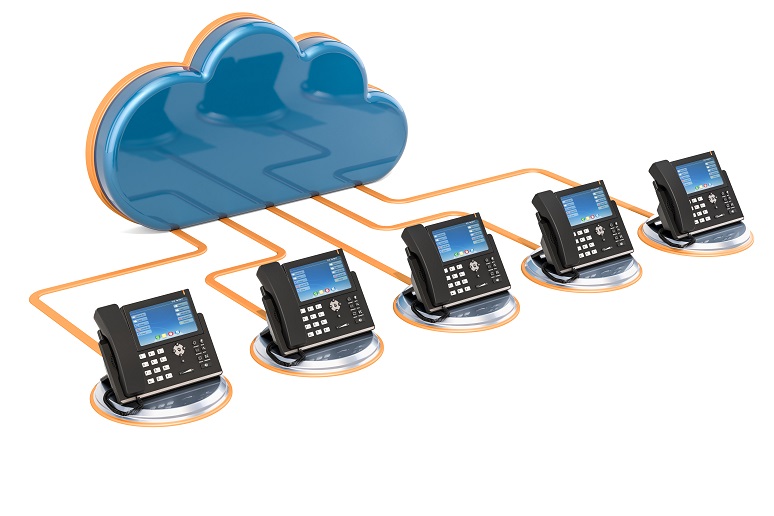Four key phases exist in a VoIP project: assessment, design, procurement, and implementation. An independent consultant can bring you an unbiased perspective throughout the journey by identifying potential bottlenecks, estimating budgets, determining what needs to be upgraded or replaced, and developing a set of system requirements to ensure a competitive bid process and smoother implementation.
Here, I’ll share an inside view of how to make the most of each phase of the VoIP process—giving you a taste of the value a consultant brings to the table.
VoIP projects typically take six to 12 months to complete, and engaging an outside expert to handle the process takes a burden off your IT department. The consultant can work as part of the IT group, performing many of the tasks necessary to complete critical phases while still allowing oversight from the project team.
During the assessment phase, for example, onsite visits focusing on physical infrastructure are critical to determining whether the existing environment can support a VoIP implementation. We have discovered unexpected deficiencies in infrastructure assessments for K-12 and city government clients. In both cases, cabling required replacement in multiple locations. While the additional costs weren’t in the initial budgets, it was necessary to move the projects forward.
Gathering system requirements is another large part of the assessment phase. We engage departments to provide their input to highlight the need for applications that executives and stakeholders hadn’t considered. We’ve also found that giving staff a voice in the project encourages them to be champions during the implementation process.
During the design phase, you’ll need to determine a format for the bidding process based on your procurement requirements. Developing a uniform, detailed document gives all vendors an equal opportunity for success, making it easier for you to compare pricing and specific deliverables. Additionally, we suggest a pricing sheet that automatically calculates the total cost for items once the vendor inputs a quantity.
To get the maximum number of responses, keep your request for proposal (RFP, or request for quote/request for information) a reasonable length. In our experience, vendors don’t like to respond to RFPs over 100 pages long. We recommend documents closer to 80 pages. This approach has garnered eight to 13 vendor responses for each of our last eight client engagement projects.
The procurement phase includes releasing the procurement request to the vendor community. It’s important to hold a pre-bid meeting, with a site walk of the location(s) or a sample of sites that vendors can view to get a feel for the project. Once receiving the bid documents, your consultant reviews and analyzes all responses based on the RFP requirements and the answers provided by each vendor, grading them accordingly. The process is very uniform and provides a clear assessment and unbiased recommendation.
We suggest selecting no more than three vendors for final consideration. In our process, each finalist gives a presentation that includes a live demonstration of the system requirements from the team working with the client. This presentation enables our clients to see who they’ll be working with exactly and if the vendor will be a good fit with their company culture.
The implementation phase is the final stage and usually takes the longest to complete. This step is where you’ll really appreciate having an independent project manager handle the details of transitioning to the new platform. Some necessary tasks include conducting project meetings, reviewing all responsibilities, and keeping the vendor on schedule and budget. Others involve overseeing change orders, making sure all applications are implemented and tested, confirming that user and system administration training is complete—and ensuring all set up testing and coordination with local that public safety answering point has been conducted with E911 implementation before going live. Finally, the consultant provides on-site service support on cut-over to ensure that they address and correct all questions and issues prior to system acceptance. In the most basic sense, the consultant serves as your eyes, ears, and voice in the final phase of the VoIP project, charged with protecting your interests (and your investment).
As you can see, there are many steps to the transition process—and time is money. If you have limited, or an overloaded staff and want to transition to VoIP, working with an independent consultant can be a smart solution. At NIS, we’ll guide you through every phase, providing expertise to support you and your company in making the transition a smooth and successful one.
Mike is writing on behalf of the SCTC, a premier professional organization for independent consultants. Our consultant members are leaders in the industry, able to provide best of breed professional services in a wide array of technologies. Every consultant member commits annually to a strict Code of Ethics, ensuring they work for the client benefit only and do not receive financial compensation from vendors and service providers.










